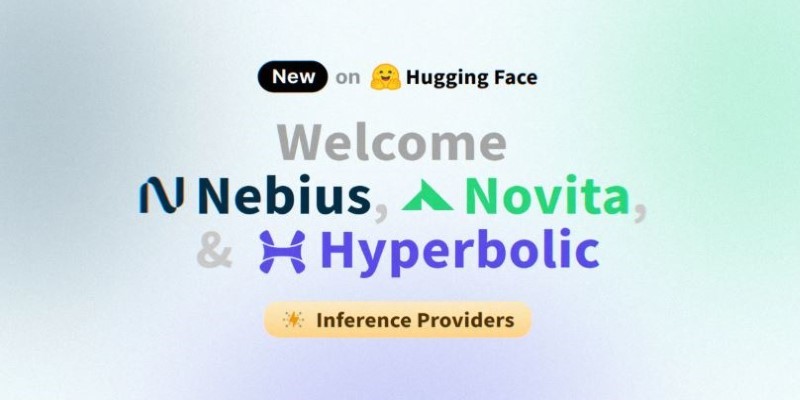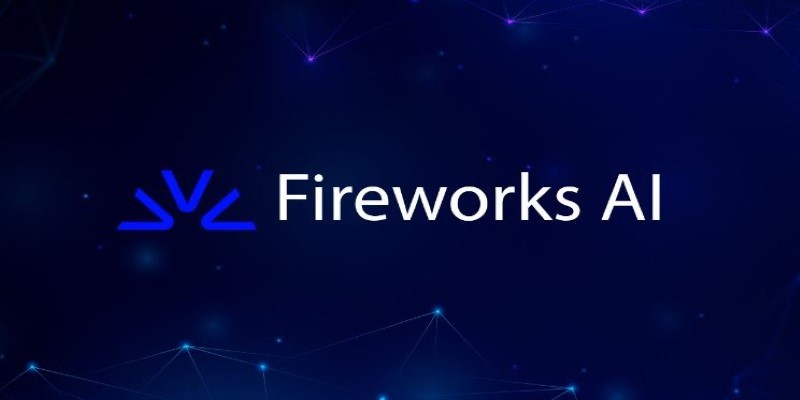Advertisement
In recent years, artificial intelligence has moved beyond the lab and into everyday use—from smart assistants to automated document processing and content generation. As more industries adopt machine learning to handle sensitive data, the question of privacy during inference—when the model makes predictions—has become more pressing. Sharing private user data with third-party models over the internet isn’t always a comfortable or legal option.
But Hugging Face, a leading hub for machine learning tools and models, has made progress in offering a middle ground. Its endpoints can run privacy-preserving inferences, helping developers and organizations use powerful models without exposing user data unnecessarily.
Machine learning inference typically involves sending input data to a model hosted on a remote server. In many setups, this means transmitting data like medical records, financial statements, or personal texts to a third party—often in plain text. Even if encrypted during transfer, the data is decrypted at the destination, where it becomes accessible to the host system. This opens up a number of risks. For example, a model provider could log the inputs or outputs, or the infrastructure could be compromised. In tightly regulated industries like healthcare and finance, this isn’t just risky—it’s a liability.
Running machine learning models locally or through self-hosted solutions can help avoid this. However, not everyone has the necessary technical infrastructure or the time to maintain their servers. Hugging Face endpoints offer a hosted solution with some critical enhancements that allow privacy-preserving inference to become a practical option.
Hugging Face provides a deployment service called Inference Endpoints. These are fully managed API endpoints that host machine-learning models and serve them through a REST interface. Unlike traditional model hosting, these endpoints are designed to be flexible and secure. However, what sets them apart in the context of privacy is their compatibility with encryption-based tools, such as Fully Homomorphic Encryption (FHE) and confidential computing environments.

Fully Homomorphic Encryption allows computations to be performed directly on encrypted data, producing encrypted results that can later be decrypted by the user. This means that the model doesn’t need to see the raw data to make predictions. Though still computationally heavy and limited in scope, FHE is being slowly integrated into practical workflows. Hugging Face has experimented with integrating FHE-based inference pipelines into its ecosystem, often in collaboration with partners like Zama. This gives users access to powerful transformers and LLMs without exposing their inputs to the model operator.
Another route Hugging Face has explored is confidential computing. This relies on hardware-level protections, such as Intel SGX or AMD SEV, to isolate model inference in secure enclaves. Data is decrypted and processed only within these secure areas of memory, inaccessible to the host system. These enclaves are especially useful for organizations that want to run cloud-hosted models but need to comply with strong privacy rules.
Running a privacy-preserving inference on Hugging Face begins with selecting or uploading a model compatible with privacy-preserving tools. For instance, if you're using a text classification model with FHE, the model needs to be converted into a format that supports encrypted operations. Zama’s concrete-ml library is commonly used to compile such models into a form that can operate on encrypted integers.
Once compiled, the model is deployed via a Hugging Face endpoint. The user encrypts their data locally before sending it to the endpoint. The model processes the encrypted input, and the output, still encrypted, is returned to the user. At no point is the unencrypted data exposed to the Hugging Face infrastructure. The user can then decrypt the result on their device.
In confidential computing setups, the data is transmitted securely and decrypted inside a secure enclave. Hugging Face’s infrastructure ensures that these enclaves are isolated, verified through remote attestation, and destroyed after use. This option can be faster than FHE and works with more complex models, including large language models. However, it relies on specific hardware and trusted execution environments, which means less flexibility compared to FHE.
For developers and enterprises, setting this up doesn’t require rethinking the entire application architecture. Hugging Face provides SDKs and documentation to guide deployment, encryption, and endpoint interaction. As long as the model is designed or converted to support encrypted inference, the rest of the flow remains similar to using a regular endpoint—just with added layers of privacy.
Using Hugging Face endpoints for privacy-preserving inference makes sense where data sensitivity is high and regulatory concerns are strict. Medical imaging, legal document analysis, fraud detection, and user profiling for internal tools are good examples. In these cases, the cost and slight delay introduced by encryption or secure enclaves are justified by the benefit of securing data during processing.

However, there are limitations. Fully Homomorphic Encryption still brings performance penalties—encrypted inference can be much slower than plaintext equivalents. The size and complexity of models supported by FHE are limited, so only certain types of tasks (like basic classification or regression) are feasible. Confidential computing avoids some of these speed issues but requires cloud infrastructure with specific hardware, which not all users can access.
There’s also a learning curve. Developers must understand the privacy-enhancing technology they use. Hugging Face smooths out many parts of the process, but users still need to make design decisions and prepare models accordingly. Not every model on the platform works with privacy-preserving methods right away. You may need to train or convert one before deploying it securely.
Despite these trade-offs, private inference offers clear value. As data regulations tighten and users grow more cautious, Hugging Face Inference Endpoints offer a practical balance between AI capability and data protection.
Hugging Face endpoints make it possible to run inferences on sensitive data without giving up control or privacy. With options like homomorphic encryption and confidential computing, users can access advanced models securely. While there are some trade-offs in speed and complexity, the approach offers a strong path forward for privacy-aware AI. It’s a useful solution for anyone who needs powerful machine learning while keeping their data protected and private.
Advertisement

Discover three new serverless inference providers—Hyperbolic, Nebius AI Studio, and Novita—each offering flexible, efficient, and scalable serverless AI deployment options tailored for modern machine learning workflows

Fond out the top AI tools for content creators in 2025 that streamline writing, editing, video production, and SEO. See which tools actually help improve your creative flow without overcomplicating the process

Think Bash loops are hard? Learn how the simple for loop can help you rename files, monitor servers, or automate routine tasks—all without complex scripting

Need to save Python objects between runs? Learn how the pickle module serializes and restores data—ideal for caching, model storage, or session persistence in Python-only projects

The paperclip maximizer problem shows how an AI system can become harmful when its goals are misaligned with human values. Learn how this idea influences today’s AI alignment efforts

AWS' generative AI platform combines scalability, integration, and security to solve business challenges across industries

How AutoGPT is being used in 2025 to automate tasks across support, coding, content, finance, and more. These top use cases show real results, not hype

Getting the ChatGPT error in body stream message? Learn what causes it and how to fix it with 7 practical ChatGPT troubleshooting methods that actually work

How Fireworks.ai changes AI deployment with faster and simpler model hosting. Now available on the Hub, it helps developers scale large language models effortlessly

A clear and practical guide for open source developers to understand how the EU AI Act affects their work, responsibilities, and future projects

Discover the next generation of language models that now serve as a true replacement for BERT. Learn how transformer-based alternatives like T5, DeBERTa, and GPT-3 are changing the future of natural language processing

Explore the top 10 large language models on Hugging Face, from LLaMA 2 to Mixtral, built for real-world tasks. Compare performance, size, and use cases across top open-source LLMs